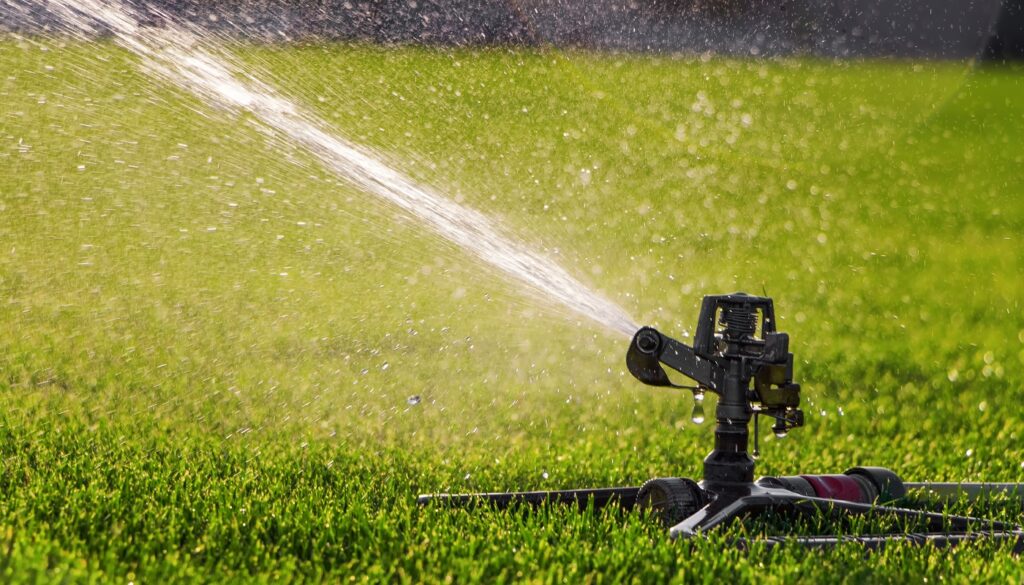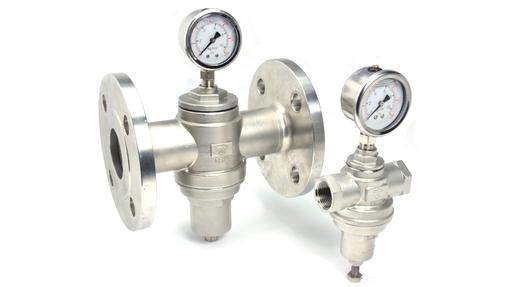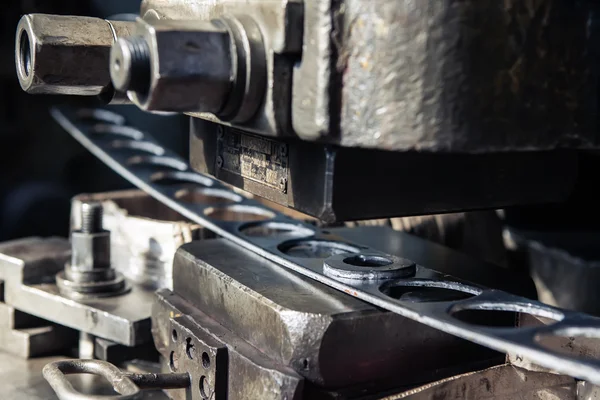A Guide to Power Drills: Choosing the Right Tool for the Job
Power drills are essential for both professionals and hobbyists. Whether you’re hanging a picture frame, assembling furniture, or working on a heavy-duty project, power drills make the job quicker and more efficient. In this guide, we’ll cover the basics of power drills, the types available, and how to choose the right one for your tasks. We’ll also explore how power drills are used in construction projects, including those involving geotextiles.

What is a power drill?
A power drill is a motorized tool that uses a rotating bit to drill holes or drive screws into various materials like wood, metal, and plastic. Power drills are available in corded or cordless versions and often feature adjustable speed and torque settings for precise control. Some models include hammering functions, which are helpful when working with harder surfaces like brick or stone.
Types of power drills
Power drills come in different types, depending on their purpose:
- Corded Drill: Provides continuous power through an electric outlet, ideal for prolonged use.
- Cordless Drill: Battery-powered and portable, perfect for small to medium tasks where mobility is needed.
- Hammer Drill: Adds a hammering action for tougher materials like concrete and masonry.
- Impact Driver: Designed specifically for driving screws, it delivers more torque than a regular drill.
Each type of drill has its advantages, making it essential to choose the one that best fits your needs.
How to choose the right power drill
Selecting the right drill involves considering several factors:
- Material: Use a hammer drill for concrete or brick, and a cordless drill for wood and softer materials.
- Power: Corded drills offer more power for heavy-duty tasks, while cordless drills are more versatile and mobile.
- Speed & Torque: Drills with adjustable settings allow for better control.
- Battery Life: If choosing a cordless drill, opt for one with a long-lasting battery.
Power drills are also crucial in construction projects involving geotextiles, which need to be secured with stakes or anchors that drills can easily drive into the ground.
Power drill maintenance
To extend the life of your power drill:
- Clean after use: Remove dust and debris from the drill bit and housing.
- Lubricate: Keep moving parts well-oiled to reduce friction.
- Care for the battery: Charge the battery properly and avoid letting it completely discharge.
- Store in a dry place: Prevent moisture damage by keeping the drill stored in a cool, dry area.
From household tasks to complex construction projects involving geotextiles, a power drill is an indispensable tool for any toolkit.



